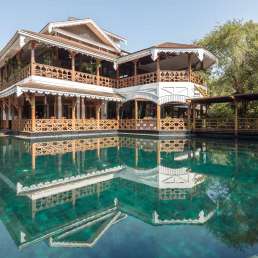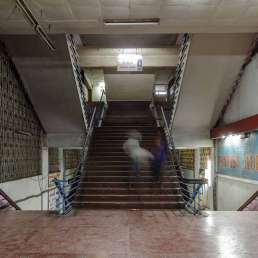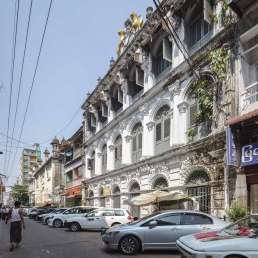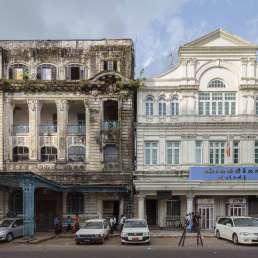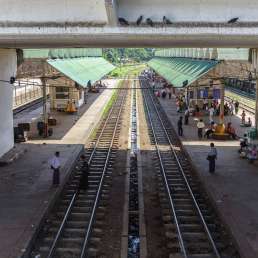Formerly: Burma Athletic Association Grounds
Address: Zoological Garden Road
Year built: 1930/1958
Architect: Unknown
The Bogyoke Aung San Stadium was once Yangon’s greatest sports stadium, with a capacity of about 40,000. It opened in 1930 as the grounds for the Burma Athletic Association (BAA). After independence in 1953, authorities renamed it to honour Burma’s national hero Aung San. (Bogyoke means general in Burmese.) A PA system and two-storey stand were added in 1958. The stadium was also renovated in 1959–1960 for the second Southeast Asian Peninsular Games, which Yangon hosted in 1961. The games brought together more than 800 athletes from Burma, Cambodia, Laos, Malaysia, Singapore, Thailand and Vietnam.
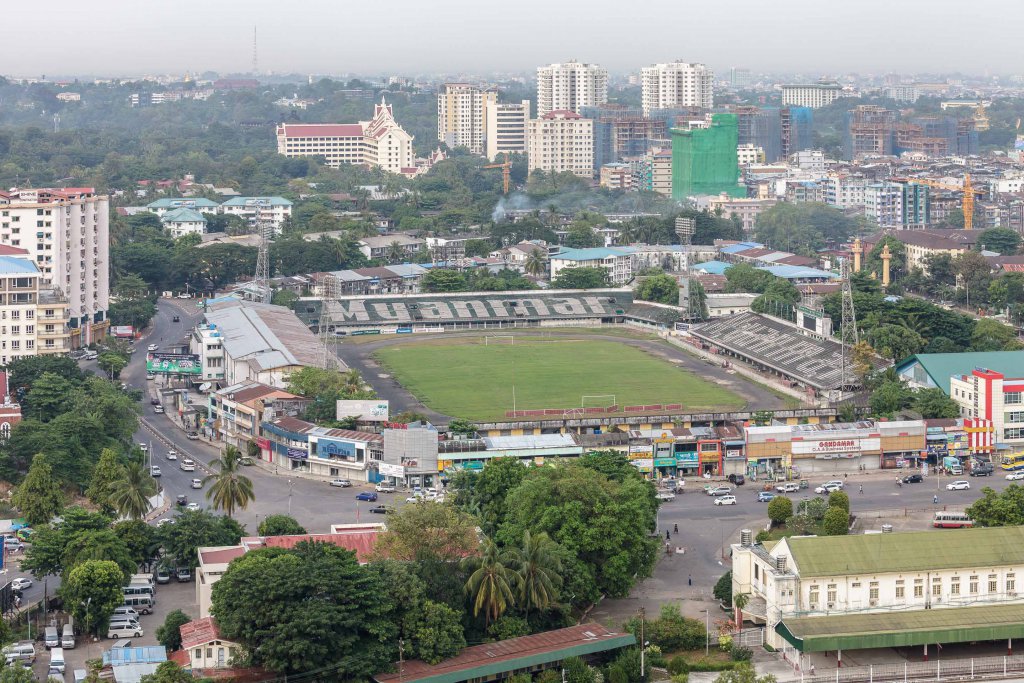
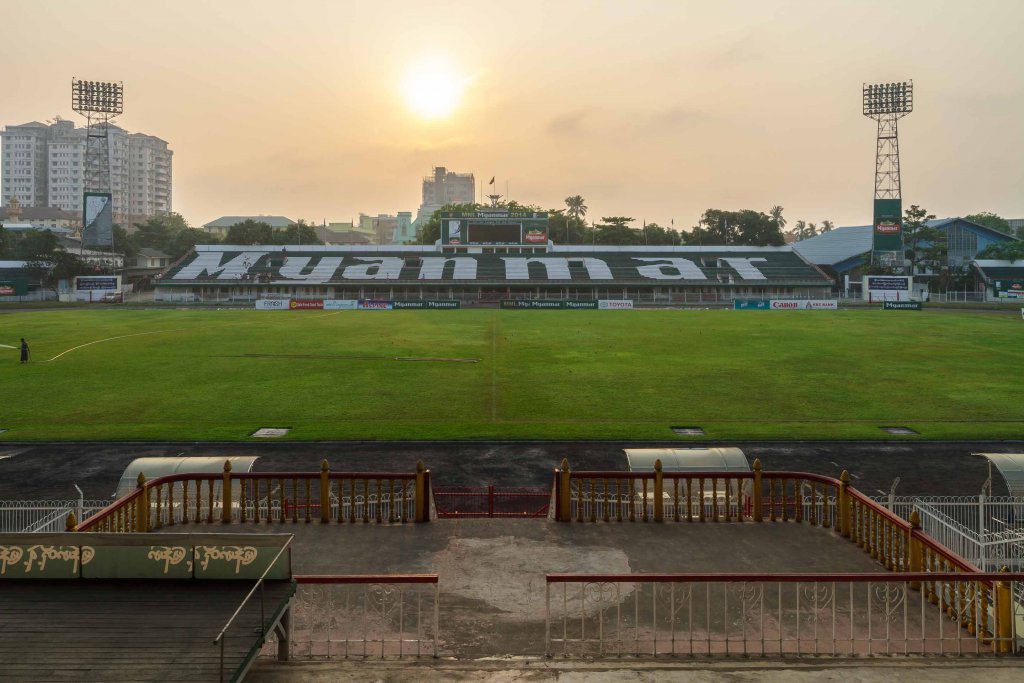
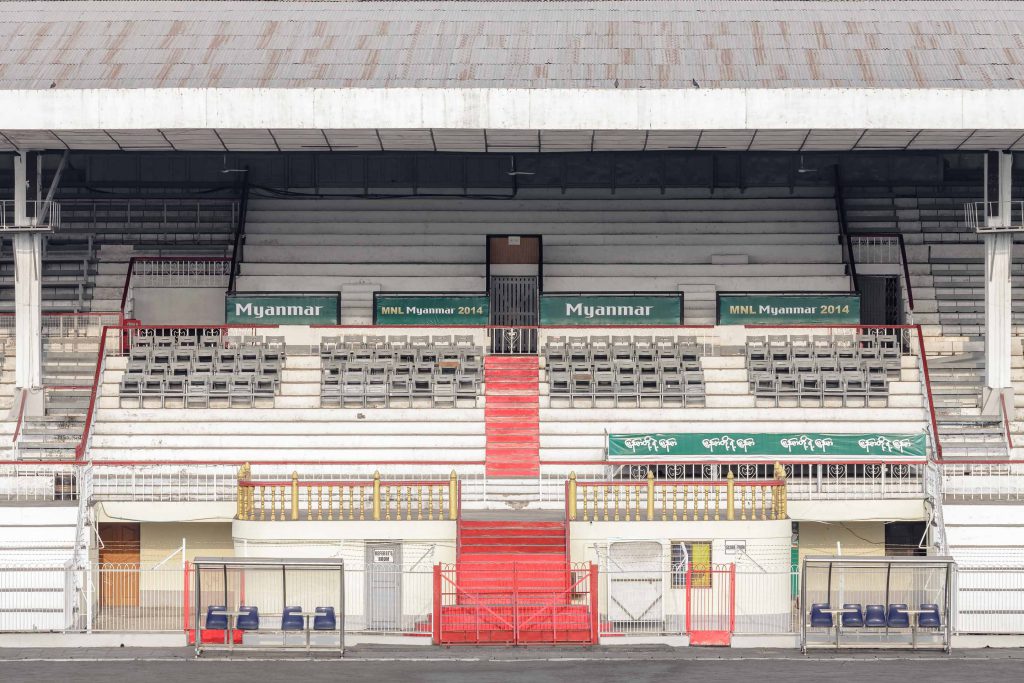
Today the stadium is home to one of the Myanmar National League’s major football clubs, Yangon United FC. The club was founded by ubiquitous tycoon Tay Za, who also owns Air Bagan and has myriads of business interests in the country. His son is the club’s chairman. The league replaced the Myanmar Premier League in 2009 but, like its predecessor, suffers from underfunding and poor facilities. The pitch appears barely playable, especially during the rainy season when a thick layer of water floods the grass. The games are poorly attended. However, the growth of internet access in Myanmar promises a greater audience for football clubs in a football-mad country. On Facebook, YUFC counts several tens of thousands of followers who can watch video clips of the latest match highlights. In 2014, the team had several Brazilian outfield players and an Australian goalkeeper.
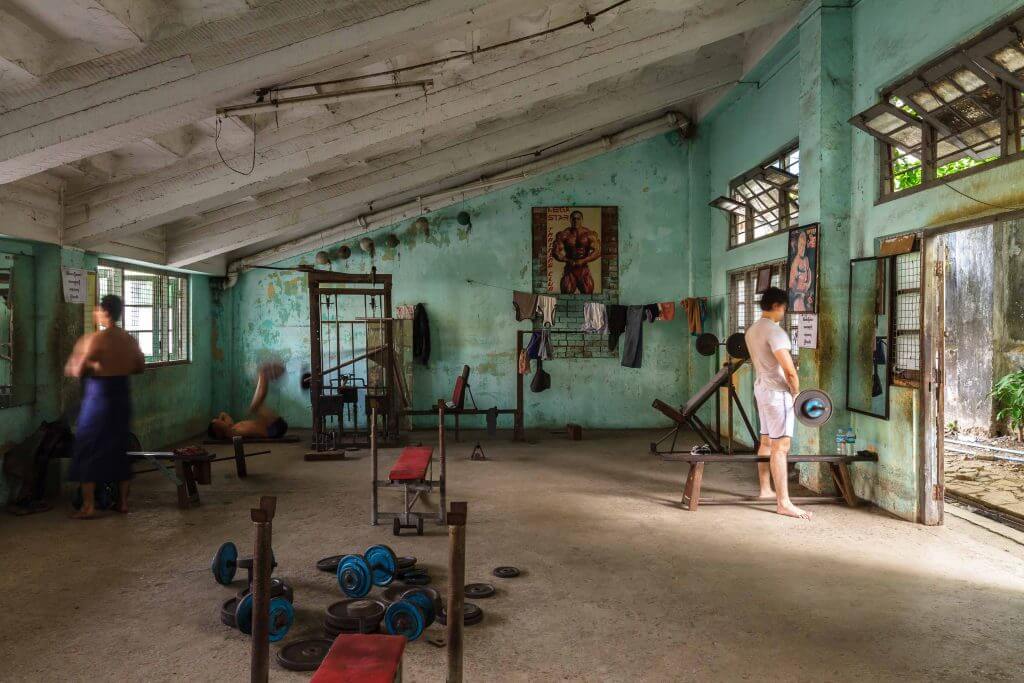
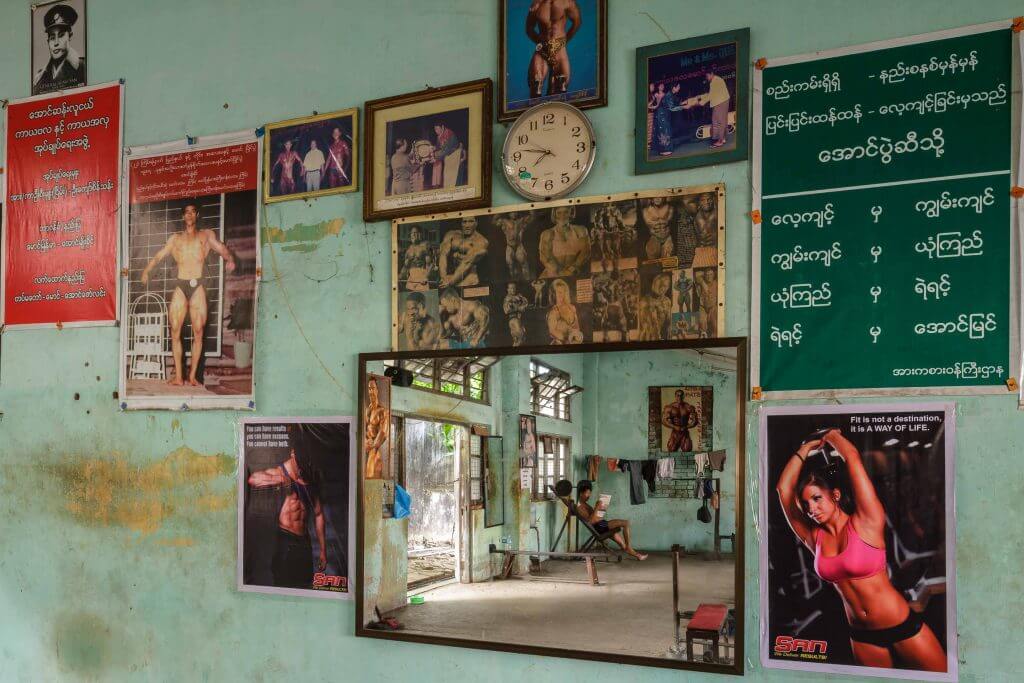
Except during organised events, the ageing sports complex is accessible to the public. It contains small indoor facilities including a gym. An impoverished community lives beneath the stands. The stadium is bordered to the south by ticket stalls for long-distance bus companies. A supermarket, restaurants and other retailers line the stadium to the north. A series of portraits of Aung San and his daughter, Aung San Suu Kyi, feature at the entrances. Can you think of another country where a portrait of the political opposition adorns the country’s biggest football stadium? (Or indeed, any stadium?)
